Effective and long-lasting solutions
1. What is the best solution to overcome back pain long-term?
The key to lasting relief lies in a comprehensive approach that treats not only the symptoms but also the root causes of your lower back pain. Here are the essential elements of an effective strategy:
Targeted muscle strengthening
- Stabilize your spine
- Improve load distribution
- Prevent excessive muscle tension
Posture correction
- Adjust the height of your chair and desk
- Use a lumbar support to maintain the natural curve of the lower back
- Keep shoulders relaxed and aligned with hips
- Take regular breaks to stretch and move
Medical follow-up
Technological innovation: TEOSTM motorized lumbar brace
The TEOSTM brace represents a major advancement in the treatment of lower back pain. Thanks to its exclusive motorized technology, it offers:
- Dynamic support that adapts to your movements throughout the day
- Progressive posture correction without limiting your mobility
- Personalized decompression of the vertebral discs to relieve pressure
- Optimal comfort even during demanding physical activities
Unlike traditional lumbar supports, TEOSTM allows you to maintain an active lifestyle while effectively relieving your pain.
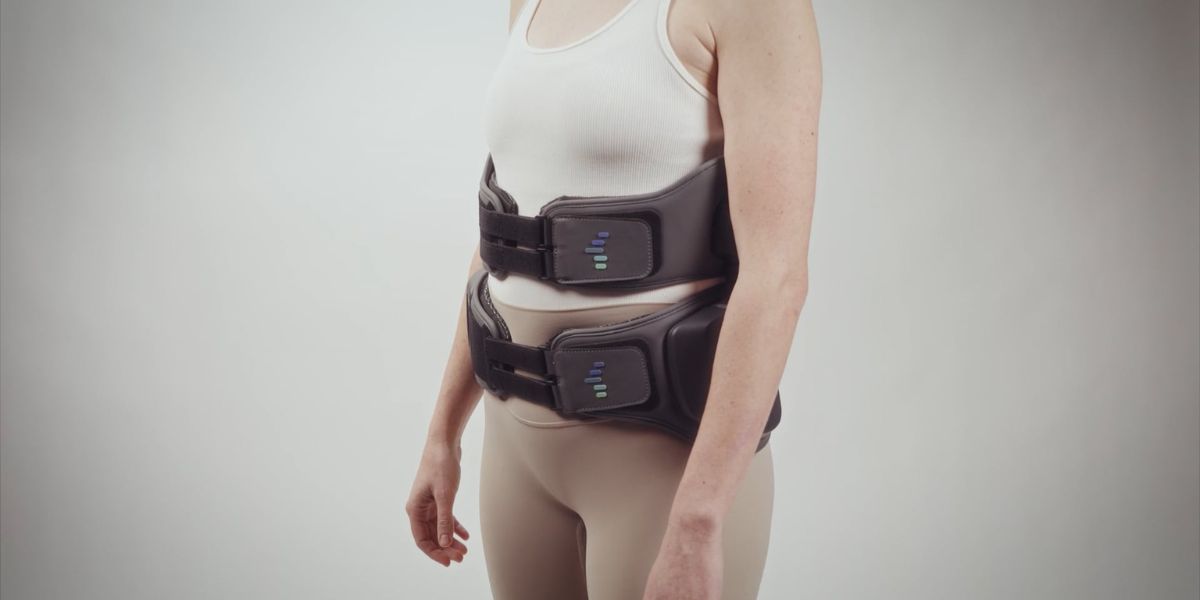
2. How to get rid of back pain naturally?
Stretching exercises
- Body and postural awareness
- Muscle balance between the front and back of the body
- Deep breathing that relaxes muscle tension
- Joint mobility without excessive stress on the spine
Application of heat and cold
- Heat: relaxes tense muscles, improves blood circulation and accelerates tissue healing
- Cold: reduces acute inflammation, numbs the painful area and limits swelling
Targeted phytotherapy and aromatherapy
3. How to effectively relieve your back on your own?
Optimal balance between activity and rest
- Avoid prolonged immobility that weakens muscle mass
- Practice regular physical activity adapted to your condition (for example: walking, swimming, cycling)
- Alternate periods of activity with recovery time
- Listen to your body’s signals and adjust your effort level accordingly
Regular exercise strengthens your muscles, improves your posture and prevents the onset of new lower back pain.
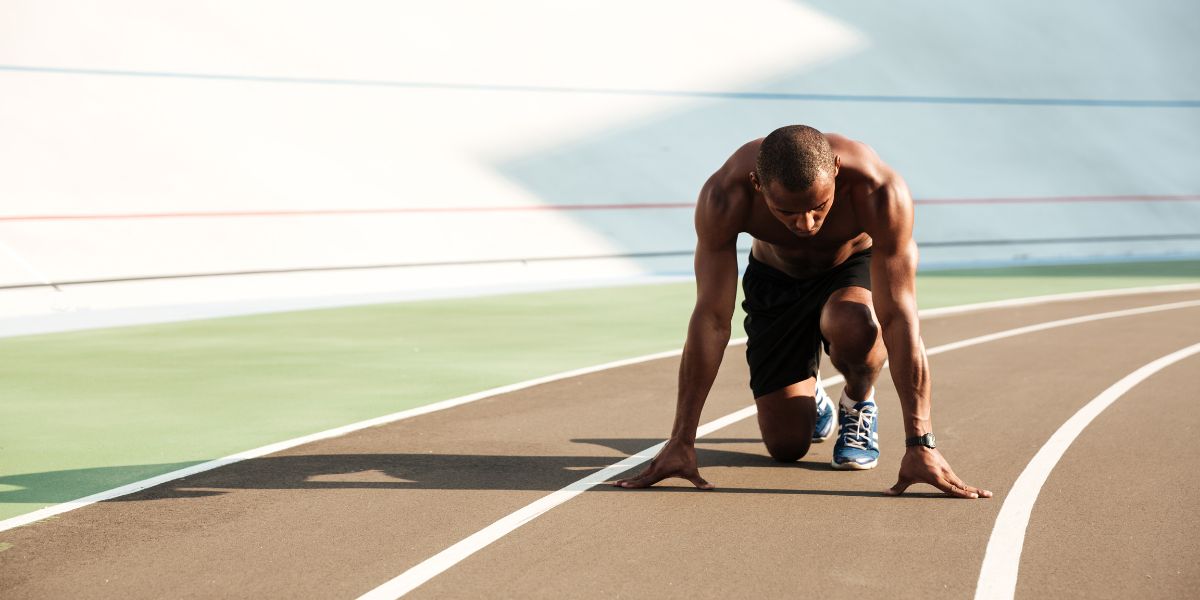
Safe movements and displacements
- Bend your knees rather than your back when picking up an object
- Keep the load close to your body when carrying
- Avoid sudden twisting of the spine
- Use ergonomic accessories (lumbar cushions, adapted seats)
Self-massage and relaxation techniques
- Use a tennis ball against a wall to massage tension points
- Practice deep breathing exercises to release tension
- Integrate relaxation techniques such as meditation or visualization
- Use an acupressure mat to stimulate muscle relaxation points
Personalized technological support
The TEOSTM motorized lumbar brace offers a self-sufficient solution particularly suited for those who wish to manage their pain on their own:
- Customized adjustment according to your body type and needs
- Motorized system that adapts to your movements throughout the day
- Progressive posture correction without external intervention
- Ease of use allowing independent management of your lumbar comfort
4. How to quickly relieve back pain?
Over-the-counter medication
- Respect the recommended doses and limited treatment duration
- Consult a healthcare professional, especially if you have a medical history
- Consider these medications as a temporary solution, not a long-term treatment
Targeted stretching

Application of heat and cold
- Start with 10-15 minutes of cold to reduce acute inflammation
- Follow with 20 minutes of heat to relax the muscles
- Repeat this cycle 2-3 times a day depending on the intensity of the pain
This simple but effective method stimulates blood circulation and accelerates the natural healing process.
5. How to calm severe back pain?
Intense lower back pain requires a more structured approach to obtain significant relief:
Strategic rest and optimal positioning
Well-managed rest is crucial to calm intense pain:
- Lie down on a firm mattress that provides good support for your spine
- Place a pillow under your knees when lying down to reduce lumbar pressure
- Adopt the fetal position with a pillow between your knees when lying on your side
- Limit prolonged sitting or standing periods that increase disc pressure
Caution: avoid excessive complete rest as too much immobility can worsen the situation in the long term.
Specialized medical interventions
For severe pain not relieved by conventional treatments, more advanced medical options may be necessary:
- Epidural corticosteroid injections to reduce local inflammation
- Prescribed muscle relaxants to relieve acute spasms
- Specialized physical treatments such as transcutaneous electrical stimulation
- Targeted manual therapies (osteopathy, chiropractic)
These interventions should always be performed or prescribed by a qualified healthcare professional after a complete evaluation of your condition.
Continuous dynamic support
For intense pain requiring constant relief, the TEOSTM motorized lumbar brace offers several advantages:
- Continuous but adaptable support according to pain intensity
- Progressive decompression of the vertebral discs without painful manipulation
- Optimized pressure distribution to avoid pain points
- Maintenance of ideal posture even during periods of acute pain
Its personalized action allows precisely targeting painful areas while maintaining mobility essential for recovery.
6. How to relieve back pain that has become unbearable?
Back pain becomes unbearable when it significantly compromises your ability to accomplish daily activities or disrupts your sleep. Facing this level of pain, a multidimensional approach is necessary:
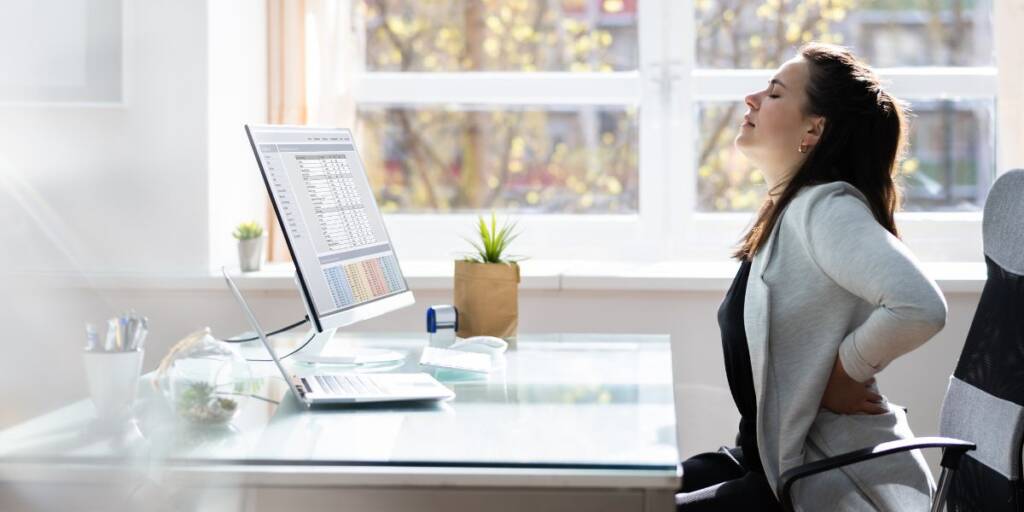
Urgent medical consultation
When pain becomes debilitating, medical advice is a priority to:
- Exclude serious causes requiring immediate intervention
- Establish a precise diagnosis allowing targeted treatment
- Implement a short and medium-term pain management plan
- Evaluate the need for additional examinations (MRI, CT scan)
Don’t delay consulting, particularly if the pain is accompanied by symptoms such as loss of sensation in the legs or urinary/bowel disorders.
Integrated pain management plan
Unbearable pain generally requires an approach combining several modalities:
- Adapted pharmacological treatment (analgesics, anti-inflammatories, muscle relaxants)
- Complementary physical therapies (physiotherapy, hydrotherapy)
- Psychological interventions to manage the emotional impact of chronic pain
- Relaxation and stress management techniques
This comprehensive approach treats not only the physical pain but also its impact on your general well-being.
Advanced technological support
- Its intelligent traction system allows progressive relief without painful jerks
- The motorized adjustment offers personalized support that evolves with your condition
- Its ergonomic design allows prolonged wear without secondary discomfort
- Its continuous action promotes gradual recovery while relieving acute pain
TEOSTM represents a valuable alternative or complement to drug treatments, particularly for people seeking to limit their consumption of pain medication.
7. When to worry about back pain? Warning signs not to ignore
Although the majority of back pain is benign, certain signals should alert you and prompt you to quickly consult a healthcare professional:
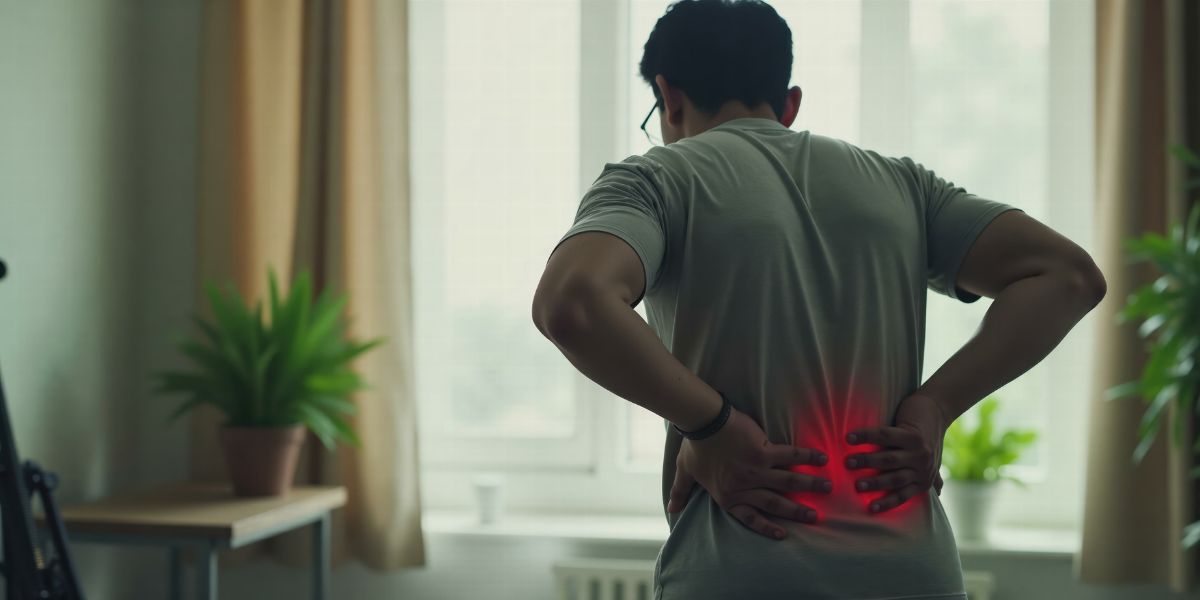
Persistent pain despite rest and treatments
Pain that does not improve after several days of appropriate care or that gradually intensifies deserves medical attention. Particular warning points:
- Pain that wakes you at night
- Increasing intensity despite usual treatments
- Persistent pain even when lying down
These signs may indicate an underlying problem requiring thorough medical evaluation.
Associated neurological symptoms
Certain symptoms accompanying lower back pain require urgent consultation:
- Weakness or numbness in the legs
- Pain radiating along a leg, particularly if it extends below the knee
- Loss of sensation in the genital or perineal region
- Difficulty controlling bladder or bowels
These symptoms may signal significant nerve compression requiring rapid intervention to avoid permanent complications.
Signs of infection or systemic inflammation
The presence of these symptoms associated with lower back pain warrants immediate medical attention:
- Unexplained fever
- Involuntary weight loss
- Pain that worsens when lying down or during the night
- Recent history of infection or surgical intervention
These signs may sometimes indicate a vertebral infection or other serious medical conditions.
Early diagnosis is essential to prevent worsening of underlying problems and optimize your chances of complete recovery. Never minimize these warning signals.
8. Why do I have severe back pain? Understanding the causes to better treat them
Identifying the origin of your back pain is a crucial step in implementing effective treatment. Here are the main causes of lower back pain and their characteristics:
Muscle tension
Muscle tension represents the most frequent cause of lower back pain:
- Triggered by sudden movements, excessive or repetitive efforts
- Worsened by prolonged poor posture, particularly in a sitting position
- Often associated with lack of regular physical activity or muscle weakness
- Characterized by localized pain that intensifies with certain movements
These pains generally respond well to conservative treatments and postural adjustments.
Disc and joint pathologies
Problems affecting the intervertebral discs or spine joints can cause more persistent pain:
- Herniated disc: compression of a spinal nerve by a displaced intervertebral disc
- Degenerative disc disease: progressive wear of discs with age
- Facet joint arthritis: degeneration of the posterior joints of the spine
- Spinal stenosis: narrowing of the spinal canal compressing nerve structures
These conditions often require a more specific therapeutic approach and sometimes specialized medical interventions.
Structural deformations of the spine
Certain abnormalities in vertebral structure can cause chronic pain:
- Scoliosis: abnormal lateral curvature of the spine
- Hyperlordosis: excessive arching of the lower back
- Spondylolisthesis: slippage of one vertebra relative to another
- Congenital abnormalities of the spine
These conditions create biomechanical imbalances that excessively stress certain areas of the back, leading to compensatory pain and muscle tension.
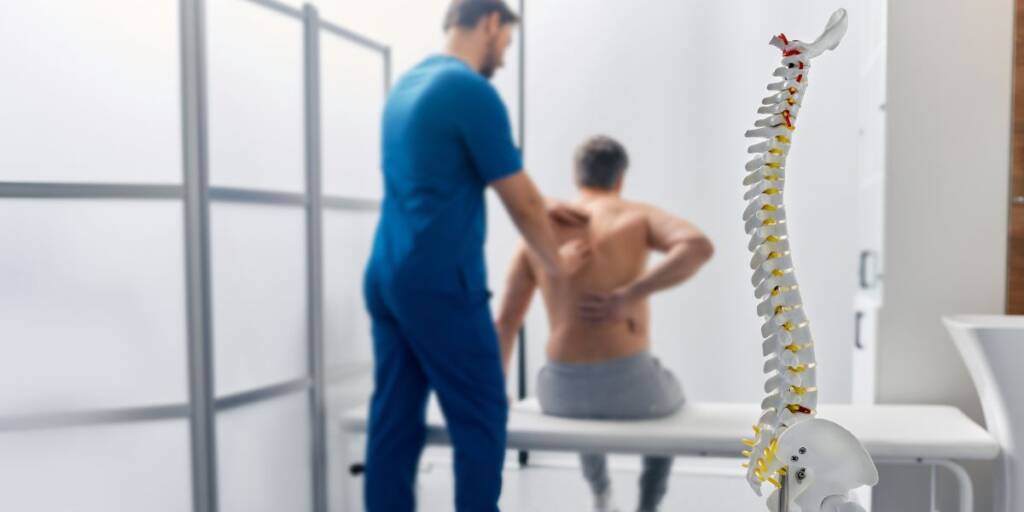
Environmental factors and lifestyle
Your environment and daily habits can significantly influence your back health:
- Unsuitable ergonomics at work or home
- Excess weight exerting excessive pressure on the spine
- Chronic stress leading to persistent muscle tension
- Sedentary lifestyle progressively weakening stabilizing muscles
Identifying these factors often allows simple but effective adjustments to reduce pain.
Conclusion: Regain a life without pain
Back pain should not limit your daily life. Thanks to the different approaches presented in this article, from natural methods to innovative technological solutions like the TEOSTM brace, you now have the necessary tools to effectively relieve your lower back pain.
To learn more about the TEOSTM motorized lumbar brace and discover how it can transform your daily life, contact our experts or visit our website for a personalized consultation.

